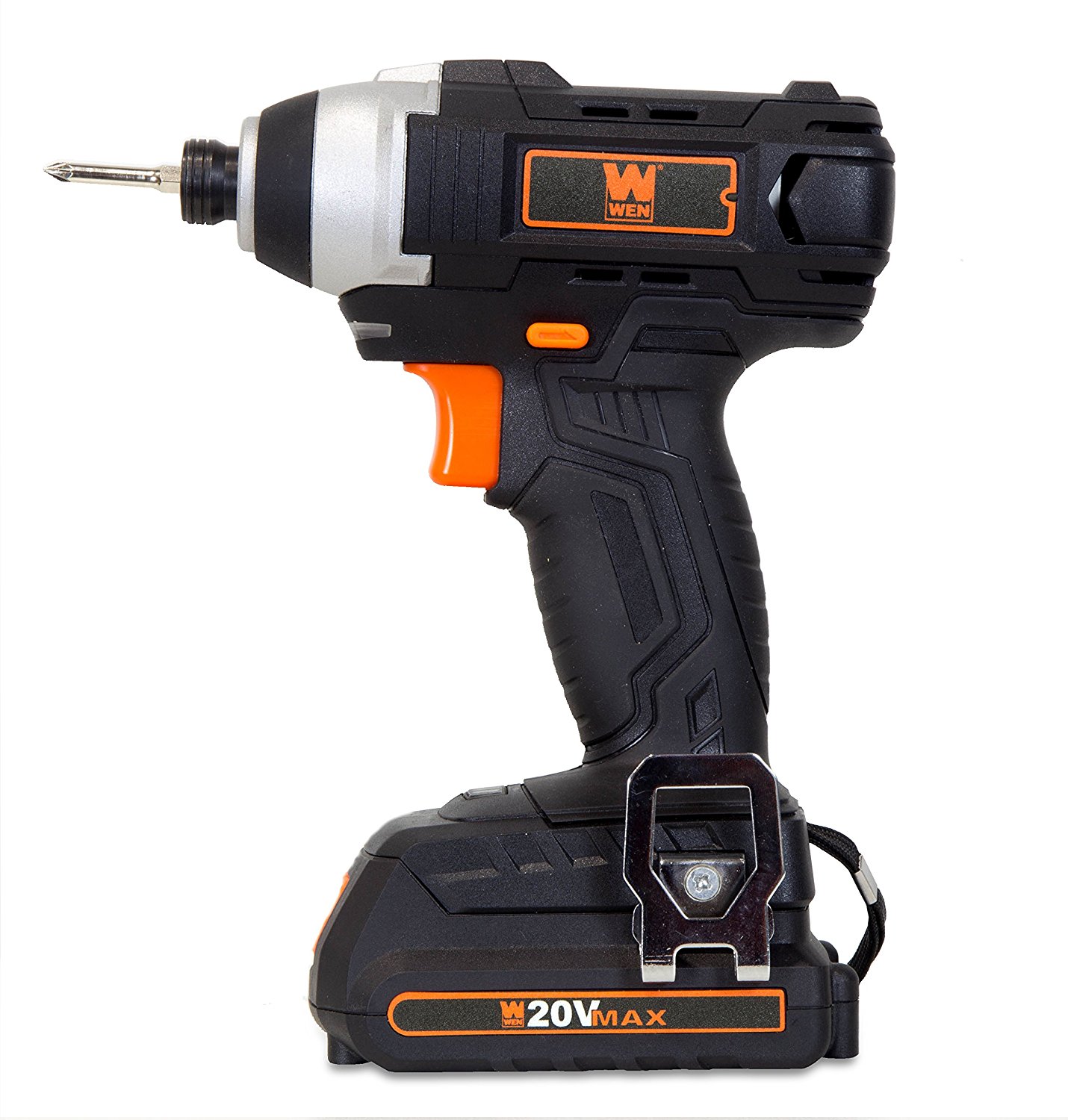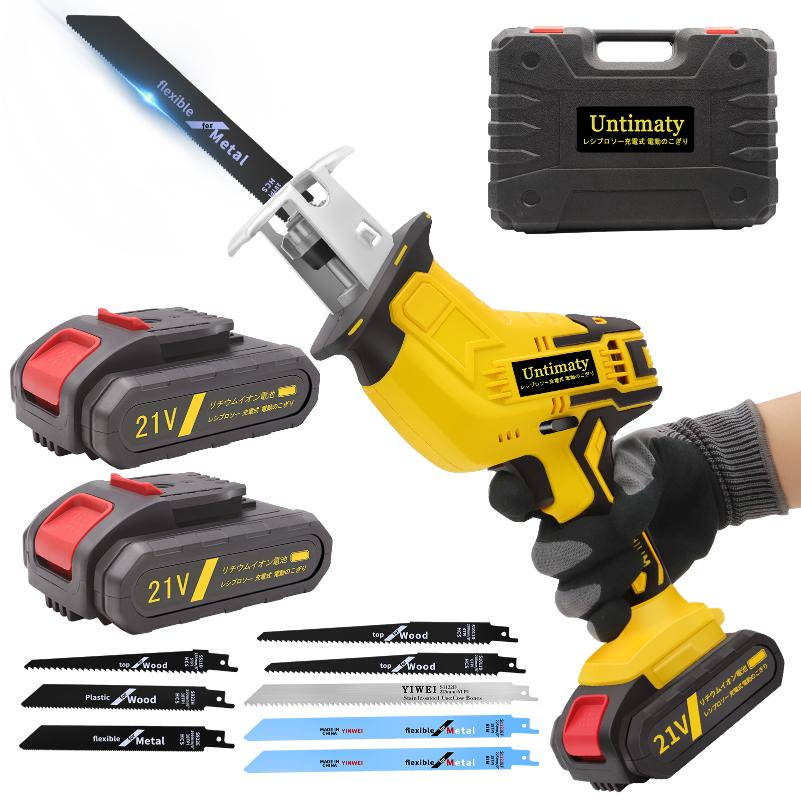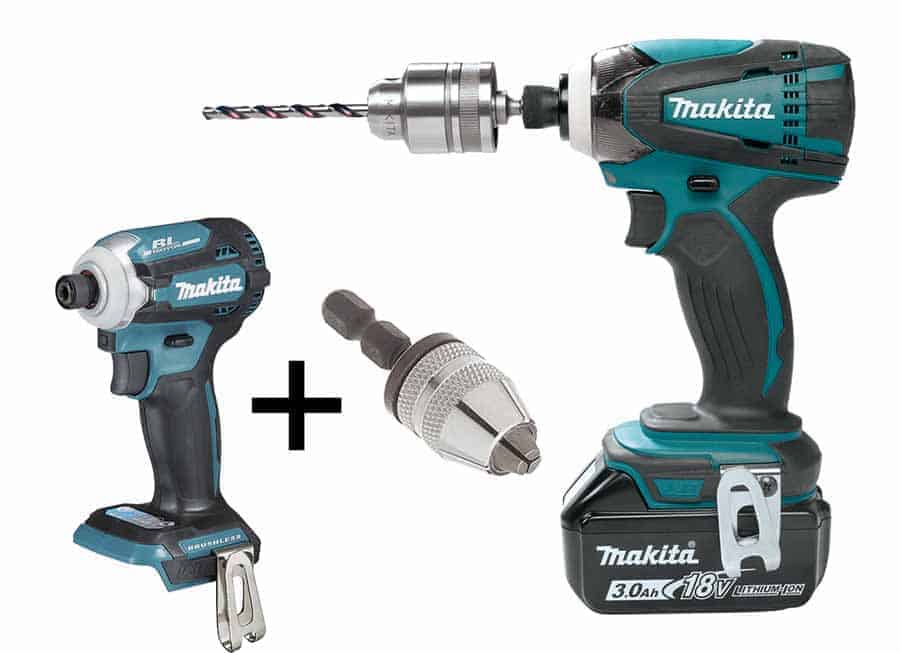

If you are only going to buy one product, I’d go with the impact driver. This is a tough question to answer since there are so many different needs out there. Should I Buy a Drill, Impact Driver, or Hammer Drill?
Drilling holes in wood, drywall, and other soft materials (in drill only mode). Tightening/loosening bolts (in drill only mode). Driving screws into wood, drywall, and other soft material (in drill only mode). Drilling holes in concrete, masonry, or stone (in hammer drill mode). Drilling holes in wood, drywall or metal using new impact driver designed drill bits. Tightening/loosening bolts, including those that should be very tight or have been stuck. Driving large diameter screws or lag bolts. Driving screws into wood or metal (you can use it for drywall if you’ve got a lower speed/torque option). Drilling holes in wood, drywall, and other soft materials. Tightening/loosening bolts that don’t require an extreme amount of torque. Driving screws into wood, drywall, and other soft material. When to Use a Drill, Impact Driver, or Hammer Drill…Make it Simple for Me! Use a Drill When All hammer drills work with the hammering mechanism turned off when drilling into materials that don’t need it. In fact, the hammering action can often damage those softer materials. There really isn’t a benefit to using the hammering action to drive into wood or drywall. Hammer drills tend to do the best when working in concrete, masonry, stone, and other similar materials. Imagine using a drill and rapidly tapping the back of it with a hammer while you use it. Instead of having that hitting action working in the same direction that the chuck spins like the impact driver, the hammer drill works by spinning the bit and “hitting” the bit forward the same way a hammer would deliver its force. Like a drill, the hammer drill can also have multiple speeds. In fact, most allow you to switch between drill and hammer drill modes. Hammer drills start with a traditional drilling action and have the same kind of chuck as the drill. #Impact driver drill drivers
However, as accessories are being made to include more drilling functions, some companies are offering impact drivers with multiple speed and torque settings. Many impact drivers on the market are single speed. The chuck of a drill or hammer drill will also hold this bit type. The exact uses for those can be saved for a later discussion since we really just want to understand the major differences for now.Ī typical hex bit shank is required to work in an impact driver. Many drills have multiple speed settings and torque settings. Ratcheting chucks in particular are strong enough to hold onto just about any shape that fits into it, including smooth drill bits.

To use a keyless drill chuck, simply grab it and twist one way to loosen and the other to tighten. Most chucks are now keyless, meaning you don’t need that funny-looking key that’s bent to 90 degrees to change out the bits. Simply enough, a drill spins the chuck at the front of the drill. Taking a look at how manufacturers make these tools and how they differ should help you can decide for yourself which you need.Īt the very least we can help you sound like you know what you’re talking about when the next tool deals arrive at Acme Tools, Home Depot, or Lowe’s! Impact Driver vs Drill Basics


This can be helpful if you want to know whether you should buy that two-tool combo kit or just stick with a basic drill. We can give you the basic answers as well as some in-depth perspective on what you need to know as a more advanced tool user.








 0 kommentar(er)
0 kommentar(er)
